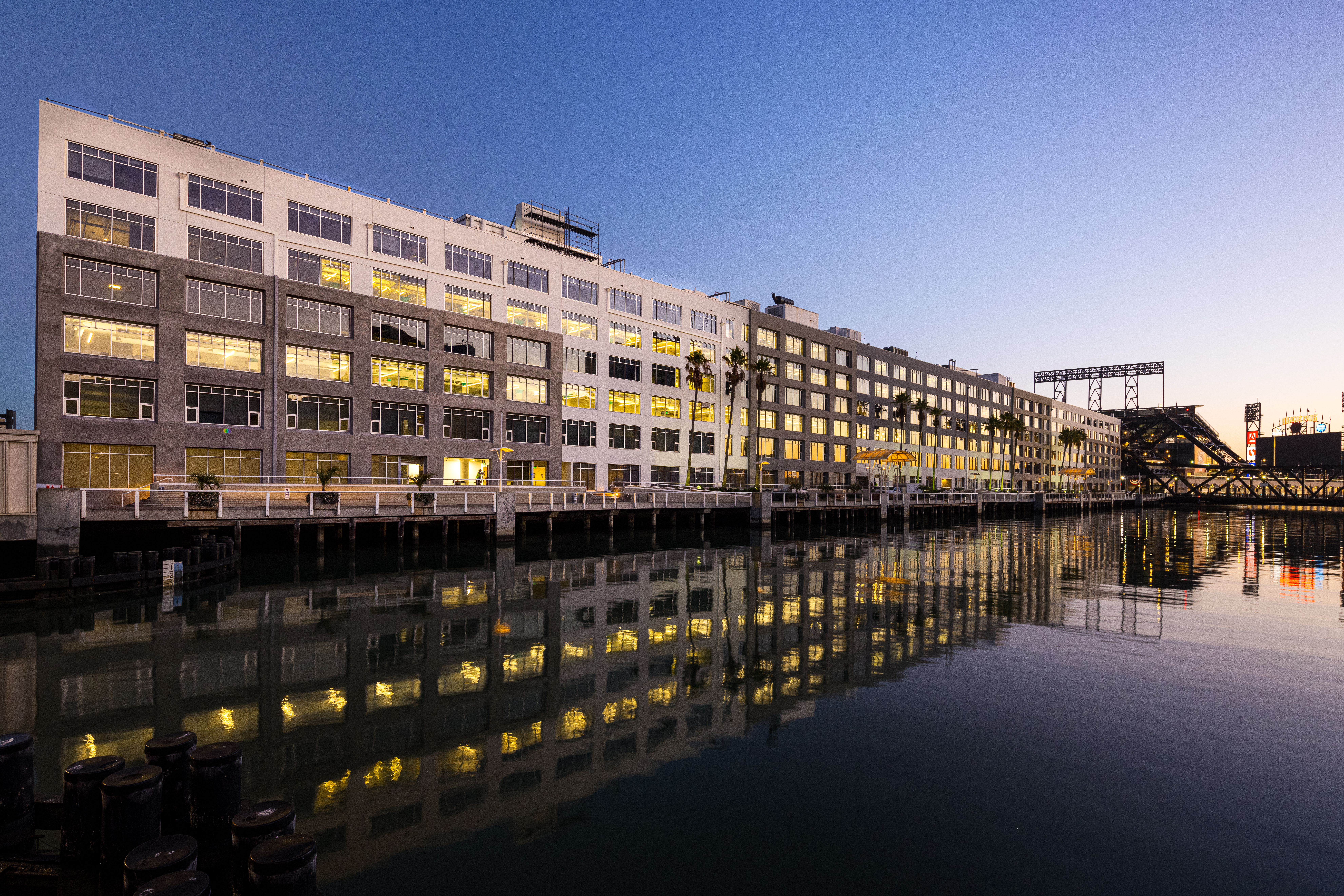Investors and owners in every major real estate market in the world are grappling with the risks and opportunities presented by climate change, and the pressing need to decarbonise the built environment. It is clear that the opportunities surrounding net zero progress — and the growing risks faced by owners and operators who fail to act — continue to strengthen.
Now marks a critical time for the industry to look toward informed, science-backed resources to drive market-wide advancement of net zero progression. Rapid change is needed if the sector hopes to achieve net zero carbon, sustainability, and wider long-term ESG goals.
BREEAM offers valuable resources and services to organisations looking to start or strengthen their journey to net zero operations, providing the commercial real estate industry with robust guidelines and metrics to support emission reduction at the asset level — a key foundation for a successful net zero strategy.
A clear first step toward minimising emissions
From the launch of BREEAM more than 30 years ago, energy and carbon have played a key role in BREEAM’s building assessments. Energy consumption in buildings will continue to contribute significantly to an assets broader environmental impact. For owners who are involved in purchasing, constructing or fitting out new buildings — as well as those refurbishing existing assets — embodied carbon in building materials and products, a substantial part of Scope 3 emissions, remains significant.
Across BREEAM standards, we identify opportunities to address both operational carbon, which is generated primarily through building operations and on-site energy use, as well as embodied carbon, which is generated throughout a building’s lifecycle.
To date, roughly half of the available credits via BREEAM’s building certification platform address and assist in the reduction of carbon, which play a critical role in buildings’ emission profiles. There are a number of ways the platform uses to support users’ achievement of net zero goals, including:
- Minimising the asset’s energy consumption through improved fabric to reduce energy demand, using more energy-efficient building services and equipment, and encouraging the use of on-site renewables.
- Recognising building features and best practices that facilitate efficient energy management, such as commissioning of building services, accessible controls, and submetering energy use.
- Identifying demand-side management capabilities that enable a higher proportion of renewable energy generation in the grid supply mix.
- Maximising the use of recycled and reused materials in the construction and disassembly process at end of life, which further drives circularity in the sector.
- Minimising operational emissions associated with water use and fugitive refrigerant gasses.
The reduction of embodied carbon through BREEAM New Construction is a critical step in minimising total emissions over a building’s lifecycle. The scheme also targets operational emissions, or those produced as a result of the building use. Targeting both embodied and operational carbon results in lower whole life carbon emissions.
BREEAM’s standards address an asset’s energy performance improvement over building regulations, recognising performance that meets or exceeds net zero carbon emissions. Reducing associated carbon as much as possible is an essential first step for achieving credible net zero carbon status. BREEAM is a valuable resource that can be leveraged to demonstrate emission reductions across a portfolio.
BREEAM’s assessment of carbon in the Refurbishment and Fit Out scheme follows a similar approach to that of New Construction but with a specific focus on the carbon arising from the elements of the asset that have been refurbished or fitted out.
A framework for continued progress
After targeting operational energy and embodied carbon, there are still some emissions which remain to be addressed which are often overlooked. To ensure the platform is providing users with the most holistic approach to emission reduction possible, BREEAM also specifies measures directly aimed at minimising these emissions through assessment categories including Land Use and Ecology, Resilience and Transport.
Under the Land Use and Ecology section of BREEAM, owners and operators are encouraged to drive the protection and enhancement of a site’s ecological features, such as trees, which absorb carbon and increase the biodiversity of the areas surrounding an asset. Nature-based solutions are a key tool in making meaningful net zero carbon advancements and helping address the rapid decline in biodiversity through ecological restoration.

When executed correctly, these measures have the potential to solve many challenges simultaneously. For example, trees and other plant cover on-site can absorb carbon from the atmosphere, supporting long-term removal and sequestration goals. Well placed landscaping can further help address overheating risks to build climate adaptation and resilience.
While BREEAM strives to minimise the impacts of climate change through mitigation measures, the industry must also adapt to impacts that have already begun and will continue to affect the market in the near future.
Through BREEAM’s enhanced Resilience category and the inclusion of resiliency measures throughout several of the platform’s standards, owners and operators can better understand necessary efforts to protect the asset from acute events (like floods, tornadoes, hurricanes). This protects the asset from chronic stressors, such as heatwaves and extreme cold. In addressing building resilience, BREEAM’s looks at a wide array performance characteristics, such as flood risk assessment, surface water run-off, emergency planning, and climate transition risks.
In BREEAM, users are encouraged to adopt protective measures, more durable systems and best practices that consider whole life carbon for the most effective reduction strategy. This supports resiliency efforts by looking at the impact of the holistic emissions cycle in both the immediate future and in the years to come.
A critical assessment of carbon offsetting
While carbon offsetting is a widely used practice to reduce the emissions associated with an asset, its legitimacy as a way to reach net zero carbon is often questioned. Both the 2020 Oxford Principles for Net Zero Aligned Carbon Offsetting and the Integrity Council for the Voluntary Carbon Market (ICVCM) present ways to improve carbon offsetting and the carbon market to ensure meaningful progress and eliminate greenwashing.
Currently, market demand and industry best practices fall short of science-backed evidence to demonstrate that offsetting delivers credible carbon reductions. Available evidence suggests that the majority of carbon offset projects do not deliver the level of carbon savings claimed.
In a recent review of offsets available within the sector, the ICVCM found that an egregiously minimal 5% of these options actually removed carbon from the atmosphere. As such, BREEAM does not recognise carbon offsets, choosing instead to focus on more meaningful reduction efforts aimed at carbon impacts associated with the construction and use of buildings. The adoption of standards to ensure high quality and verifiable outcomes from offsets could greatly move the needle in the direction of progress.
A hopeful future
While different pathways to net zero may be adopted, it is crucial to note that some carbon reduction measures are compatible with achieving net zero carbon, while others are less effective and will reinforce outdated methods that prevent it. All sectors and organisations have a responsibility to reduce carbon emissions as part of the global battle against the climate crisis, and in the built environment, there is both massive risk and opportunity surrounding the action we take today.
To reach net zero, we need further action to close the gap between emissions and nature-based solutions that result in sequestration and the long-term storage of carbon — a goal BREEAM has and will continue to help owners and operators across all property types and geographic regions achieve for decades past and decades to come.
BREEAM news
Browse other BREEAM news

Revealing the indirect benefits of BREEAM certification
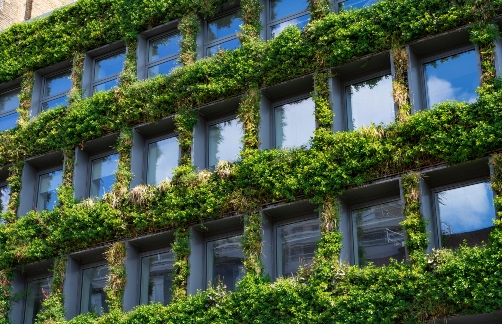
How BREEAM can support your journey to net zero carbon
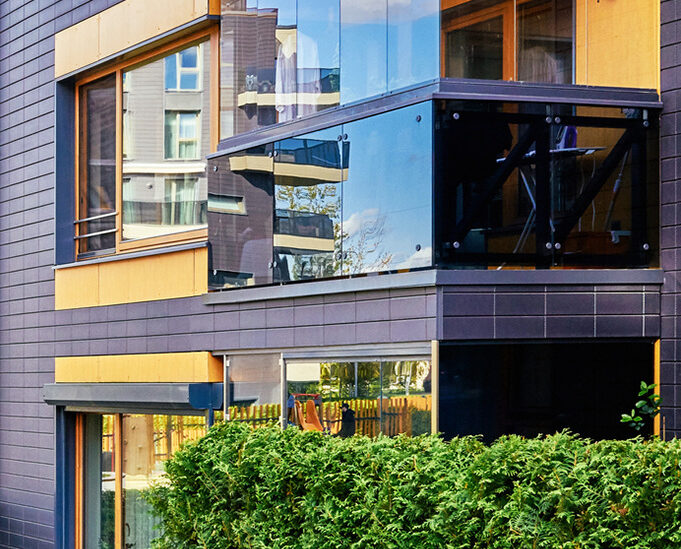
BREEAM USA’s 2023 year in review: geographic and sector expansion drive robust certification growth

BREEAM Version 7 set to embrace new Biodiversity Net Gain legislation
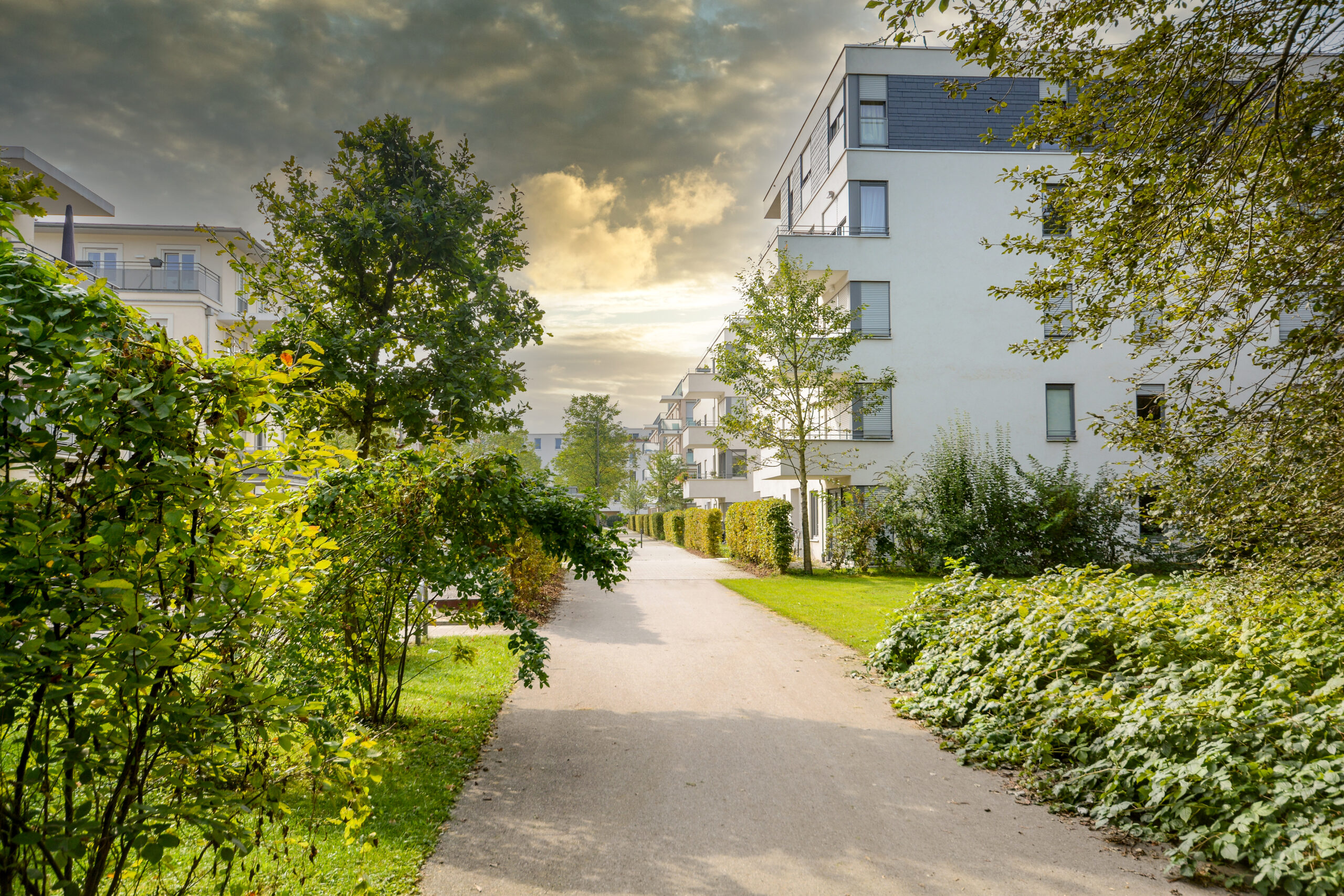
Investing in tomorrow: Unpacking the economic upside of ESG with BREEAM and J.P. Morgan

BRE China Awards 2023 highlight pioneering sustainability initiatives
BREEAM case studies
Browse the latest case studies from BREEAM
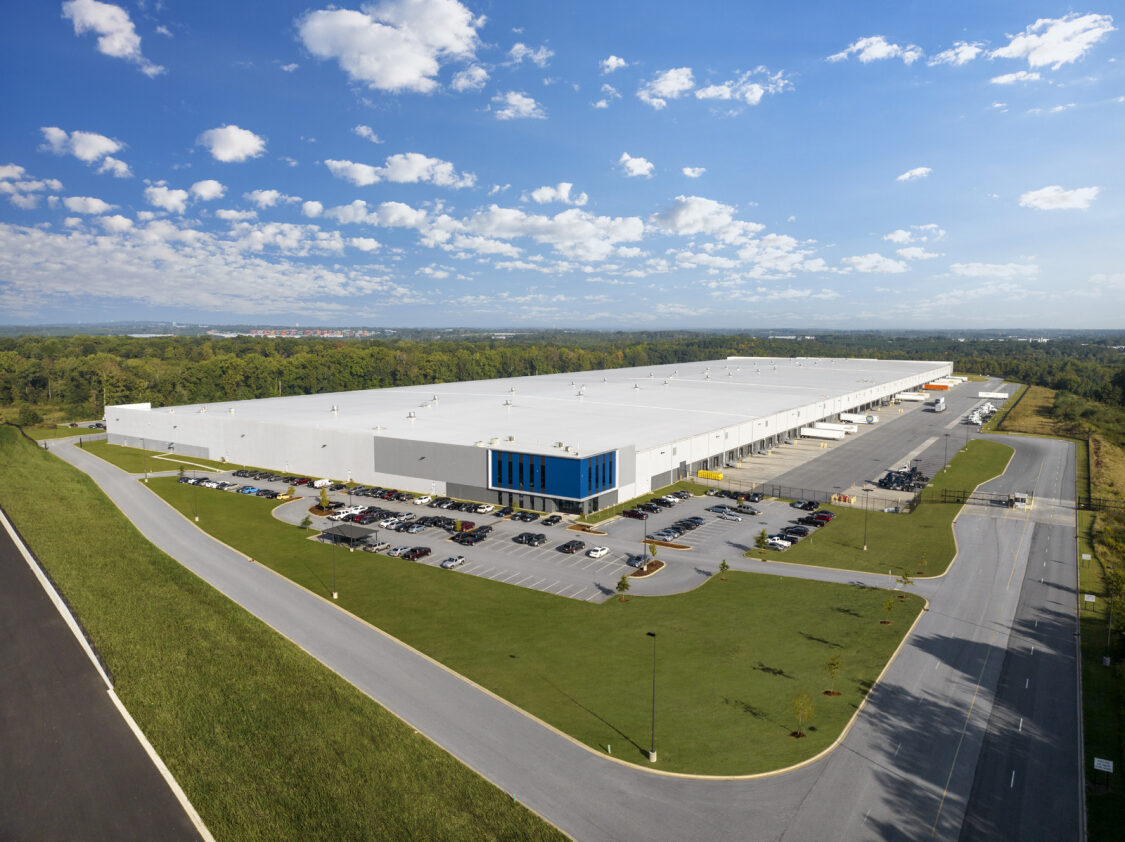
Aligning ESG goals: LXP’s collaborative approach to Green Building Standards
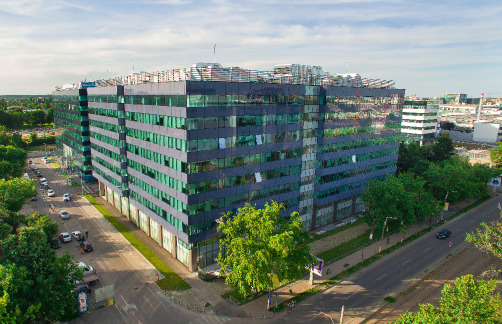
Using BREEAM across an asset’s lifecycle: Hermes Business Campus
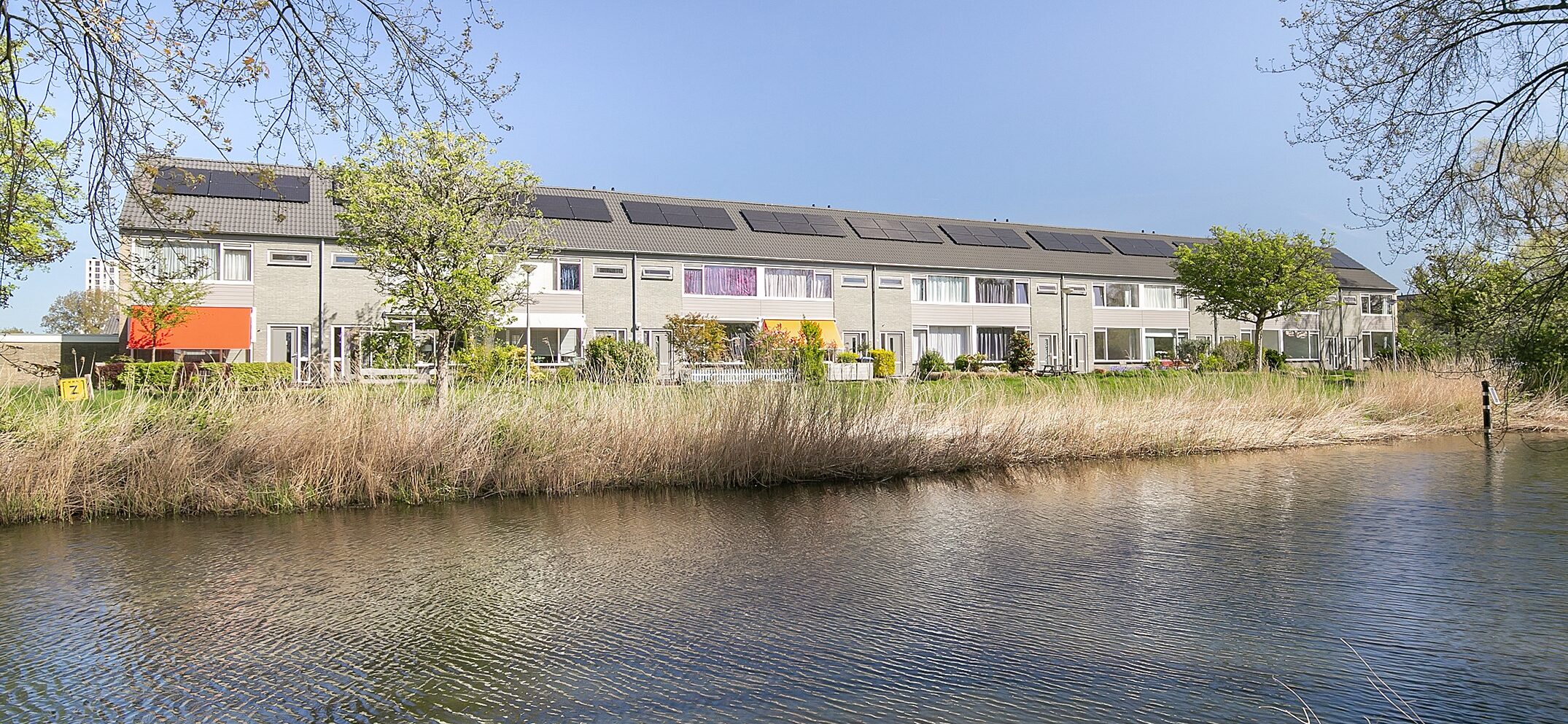
World’s largest real estate certification powered by BREEAM In-Use for Dutch investors Vesteda
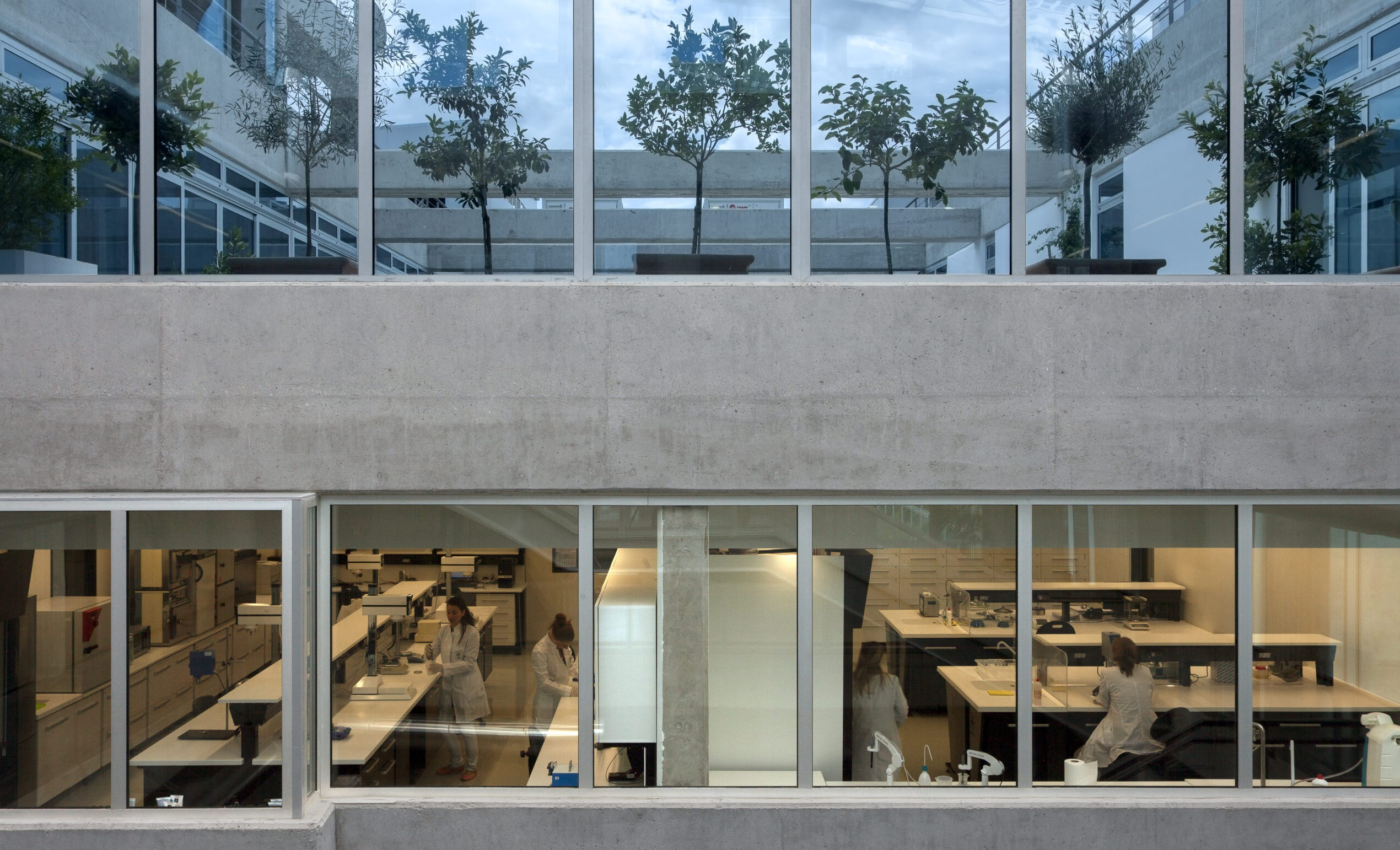
Natural cosmetics company APIVITA awarded with BREEAM In-Use ‘Excellent’ rating for Athens headquarters ‘The Hive’

BNP Paribas Real Estate and Generali Real Estate achieve target of BREEAM In-Use V6 Excellent rating
